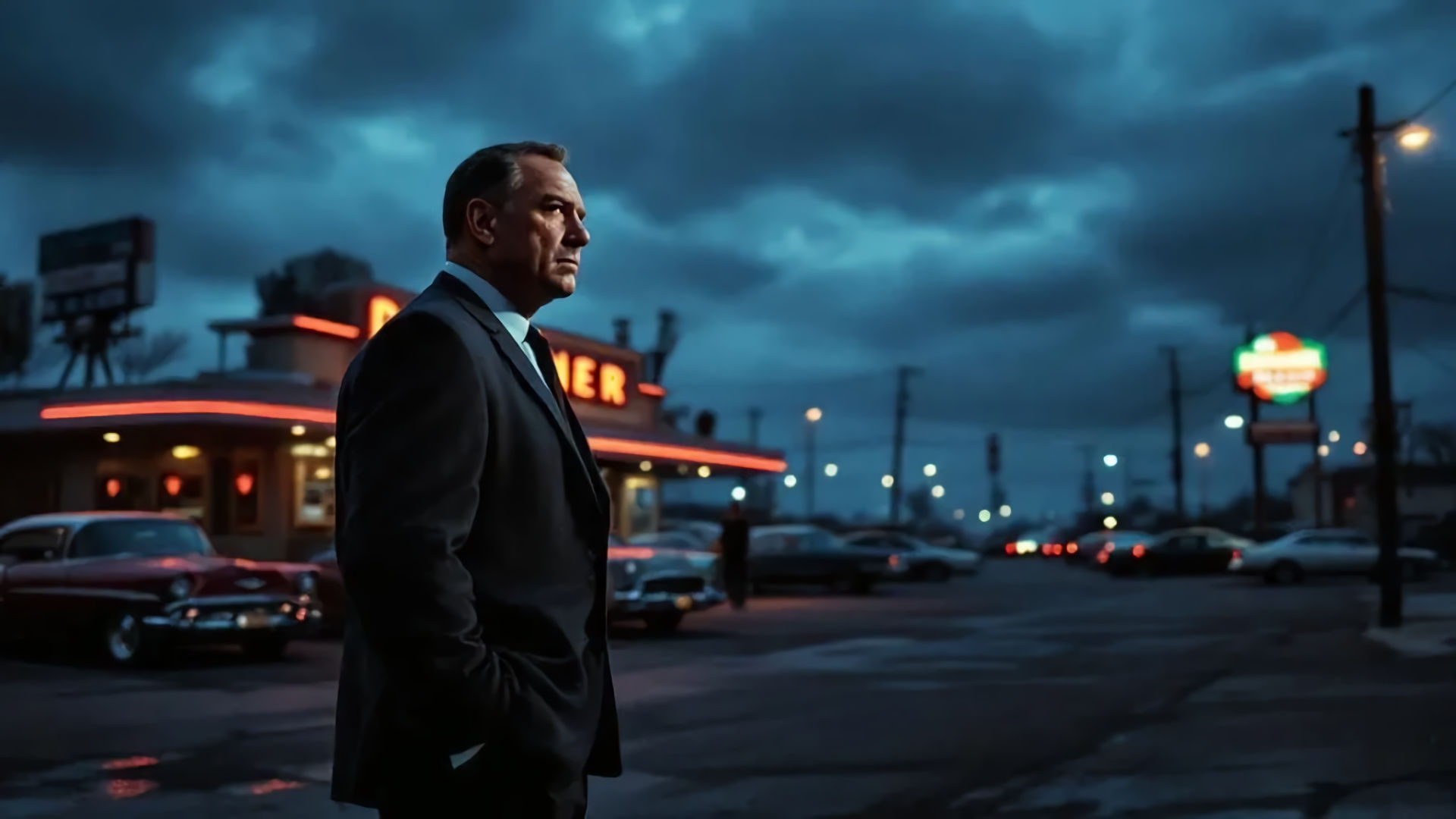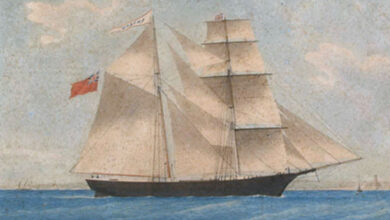The Disappearance of Jimmy Hoffa
On July 30, 1975, Jimmy Hoffa stood in the parking lot of the Machus Red Fox restaurant in Bloomfield Township, Michigan, waiting to meet two men for lunch. He never came home. He never called. He never picked up his car. And he was never seen again.
The sudden disappearance of Jimmy Hoffa, one of the most powerful labour leaders in American history, sparked one of the most famous missing person cases the United States has ever seen. Despite decades of investigations, theories, books, documentaries, and even deathbed confessions, his fate remains a mystery. Did the Mafia murder him? Did he fake his own death? Was he buried under a stadium, dissolved in acid, or shipped off in a steel drum?
Jimmy Hoffa didn’t just vanish; he became a legend.
The Rise of a Labour Titan
To understand why Hoffa’s disappearance struck such a deep chord, you have to understand who he was. Born in 1913 in Indiana and raised in Detroit, James Riddle Hoffa was a natural organiser. He became involved in union activity as a teenager and quickly rose through the ranks. By his early thirties, he was already a rising star in the International Brotherhood of Teamsters, the union representing American truck drivers and warehouse workers.
Hoffa’s leadership style was fearless and confrontational. He fought for better wages, benefits, and working conditions. He also wasn’t afraid to deal with anyone who could help him win those battles, including the Mafia. Under his guidance, the Teamsters grew to become one of the most powerful unions in the country, with a pension fund worth billions and political influence that stretched coast to coast.
In 1957, Hoffa officially became the president of the Teamsters. He held the position for over a decade, presiding over an empire of labour, money, and backroom deals. But his reign came at a cost. Government agencies, including the FBI and the Department of Justice, saw him as a threat. The Kennedy family, particularly Robert F. Kennedy, made it a personal mission to bring him down.
Eventually, Hoffa was convicted of jury tampering, attempted bribery, and fraud. In 1967, he began serving a 13-year sentence. But prison didn’t break him. He plotted a comeback, and in 1971, President Richard Nixon commuted his sentence. The condition? He was barred from participating in union activity until 1980.
That didn’t stop him.
A Comeback Interrupted
By 1975, Hoffa was itching to get back in charge. He still had supporters within the Teamsters, but the landscape had changed. During his time in prison, others had moved in, including those with deep Mafia ties. Hoffa’s insistence on reclaiming his position threatened the interests of people who had profited during his absence. Some of those people, it’s believed, wanted him gone for good.
On the day he disappeared, Hoffa told his family he was going to meet two men for lunch: Anthony “Tony Jack” Giacalone, a Detroit mobster, and Anthony “Tony Pro” Provenzano, a union official with mob connections. Hoffa had clashed with Provenzano in the past, and there was no love lost between them.
Hoffa arrived at the restaurant on time. Witnesses later confirmed seeing him pacing in the parking lot. He even called his wife from a payphone to say the men were late. That was the last anyone ever heard from him.
His car, a green Pontiac, was later found in the lot, unlocked and undisturbed. There were no signs of a struggle. No note. No clue. The FBI was called in, and the search began.
The Theories Begin
The disappearance of Jimmy Hoffa set off a media frenzy and a mountain of theories. The most widely accepted version of events is that Hoffa was lured to the restaurant as part of a setup, picked up by someone he trusted, driven to a second location, and killed. The motive? To prevent his return to power, which would have disrupted the Mafia’s control over the Teamsters’ pension fund and other lucrative arrangements.
Over the years, informants and former mobsters have offered various explanations. Some claimed Hoffa was strangled in a house in Detroit. Others said he was taken to New Jersey and buried in the foundations of a football stadium. One theory even suggested he was crushed in a car compactor and sent to Japan as scrap metal. Another popular tale says he was dissolved in a vat of acid.
The FBI has dug up driveways, searched swamps, and raided warehouses. They’ve drained lakes, ripped up farmland, and even looked under the old Giants Stadium in New Jersey. A body was never found.
In 2001, the FBI declared that Hoffa was presumed dead. But without a body, the case remains technically open, and the mystery refuses to die.
The Mafia Connection
The Mafia had strong reasons to want Hoffa out of the picture. During his presidency, he had worked closely with mob figures, allowing them access to the Teamsters’ massive pension fund. This money was used to finance casinos, real estate, and other criminal ventures.
But by the 1970s, Hoffa had become more of a liability. His return to power would have exposed decades of corruption. Some reports suggest that mob leaders, including those in Detroit, Chicago, and New York, met to approve a hit on Hoffa. If that’s true, it would have required a level of coordination that only organised crime could manage.
Anthony Provenzano, one of the men Hoffa was supposed to meet that day, had an alibi. So did Giacalone. No charges were ever filed against them, but suspicions linger.
One former hitman, Charles “Chuckie” O’Brien, who had been close to Hoffa, was long suspected of playing a role in the murder. Decades later, DNA evidence confirmed that a strand of hair found in a car linked to O’Brien did belong to Hoffa. Still, it wasn’t enough to crack the case.
A Story That Won’t Die
Jimmy Hoffa’s disappearance has become part of American folklore. His story has been told in countless books and movies. Most recently, Martin Scorsese’s film The Irishman, based on the book I Heard You Paint Houses, reignited interest. The film suggests that Hoffa was killed by his longtime associate Frank Sheeran, who later claimed to have pulled the trigger. Many historians have contested that version of events, but it added another layer to the legend.
For the public, Hoffa’s story is irresistible. It has everything: power, corruption, betrayal, the Mob, and a vanishing act that remains unsolved. It’s the kind of mystery that invites speculation, encourages conspiracy, and seems forever just out of reach.
The case also reflects something more profound about American life in the 20th century, the rise and fall of powerful institutions, the blurred lines between politics and crime, and the way some figures become larger in absence than they ever were in life.
Why We Still Care
The enduring fascination with Hoffa isn’t just about finding out what happened. It’s about what he represented. Hoffa was both a hero and a villain. To many working-class Americans, he was a champion, a man who fought for better wages, better hours, and dignity on the job. To others, he was a thug in a suit, using violence and intimidation to climb the ladder of influence.
He didn’t play by the rules, and in the end, the rules caught up with him. Or maybe the people behind the rules did.
Every time a new tip surfaces, every time a new location is searched, the hope resurfaces that we might finally get answers. But with every passing year, the trail grows colder, and the story becomes more legend than fact. In 1982, Jimmy Hoffa was declared legally dead. His body was never recovered. His killers, if they were ever identified, never confessed. The mystery lingers like a ghost, a reminder that even the most powerful men can simply disappear, leaving nothing but questions in their wake.
The Disappearance of Jimmy Hoffa FAQ
Jimmy Hoffa was the influential president of the International Brotherhood of Teamsters, one of the largest labour unions in the United States. He was known for his powerful leadership style and alleged ties to organised crime.
Hoffa disappeared on July 30, 1975, from the parking lot of the Machus Red Fox restaurant in Bloomfield Township, Michigan. He was reportedly there for a meeting with two known Mafia associates.
No. Despite extensive investigations, Hoffa’s body has never been found. He was declared legally dead in 1982, but his disappearance remains unsolved.
Theories include Hoffa being murdered by the Mafia to prevent his return to union leadership, being lured into a car and killed, or his body being disposed of in various creative ways, from being crushed in a car compactor to being buried beneath stadiums.






